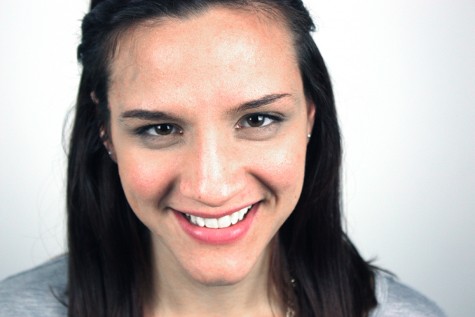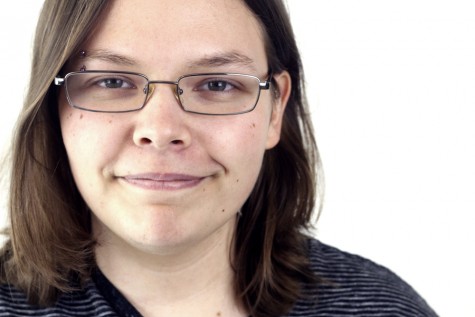CUPB reviews marketing strategies
March 23, 2015
Eastern’s recent presence in Springfield as well as efforts to promote the university through social media were the talk of the CUPB meeting Friday, March 13.
President Bill Perry estimated in his legislative testimony Thursday, March 13 that the proposed $13.85 million cut to the university would result in 250 employee layoffs.
Perry, who told Rauner the cut was “too much to swallow,” requested steady state support to maintain quality higher education.
He reported to the committee the visit went well and feels Eastern made its presence known at the state capitol.
Christy Kilgore, the assistant director of Eastern’s marketing and creative services, reported success in promoting the university through social media platforms like Facebook and Twitter.
Particularly, Kilgore said the “#futurepanther” hashtag has done well on Twitter, with newly accepted students frequently uploading and tagging photographs of their admitted student packets.
As the marketing team works on developing a more cohesive strategy to interpret Eastern’s online presence in correlation with event attendance, Kilgore recommended faculty and staff remember to use their personal social media accounts as well as their organization or committees’ to share and promote university news.
The marketing team is also working on developing a system for use of its Snapchat account, which exists but is not active, Kilgore said.
The council also discussed the viability of billboards in terms of marketing the university.
Bob Martin, the vice president for university advancement, said Eastern’s marketing team has decided the best places to put billboards were in Champaign, Charleston, Effingham and just outside of Chicago.
Martin said billboards are expensive, which is why Eastern is limited with how many it can purchase.
He said a billboard in Charleston, Mattoon or Effingham costs about $11,000 per year, whereas one in Chicago costs about $169,000 for six months, and the one Eastern purchased near Chicago was $36,000 for six months.
President Bill Perry said the university has also considered advertising in airports because the people who use certain airports can be more easily tracked than those who view billboards.
“You have to do a cost benefit calculation,” Perry said. “I think billboards make alumni feel good, and that can help us, but in terms of our target audience of students, they may not be reached (that way).”
Kilgore said billboards are great to have if the university can afford them, but using social media like Facebook is more likely to recruit potential students. She said within a 10-mile radius in Chicago, 166,000 students age 16 to 18 are on Facebook.
“With the very limited marketing budget that we have, we want to be able to spend it on things that we can track,” Kilgore said.
She said billboards are placed locally as part of an initiative to attract local students to Eastern; other methods have included sending popcorn bags with “future Panther” written on them to local basketball games.
“We are always trying to come up with quirky things (to attract students),” she said.
Katie Smith and Stephanie Markham can be reached at [email protected].




















































